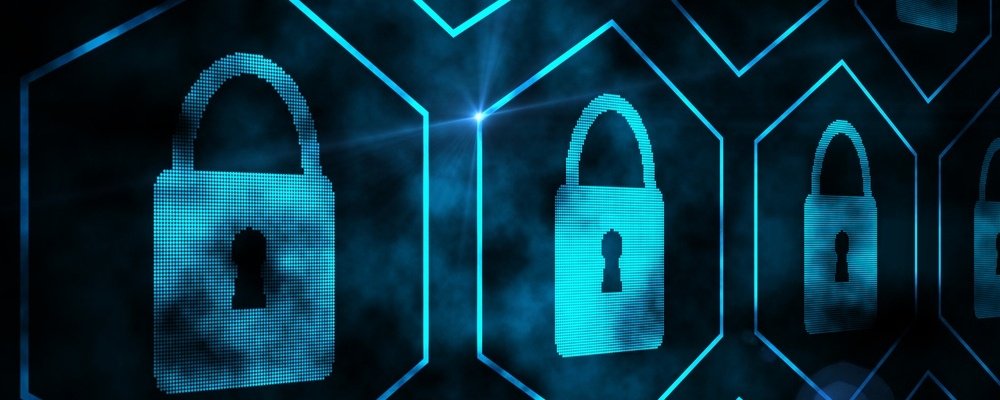
We have shared advice about combatting cybercrime and reviewing email and network security. As cybercrime increases and law firms remain an attractive target, it is important that firms put in place steps to safeguard their clients’ data and assets, along with their own systems and applications.
Training and educating staff about cyber threats is vital, but it isn’t fool proof. Human error remains the biggest cause of data being compromised. Technology provides a means to put in place strict rules which cannot be compromised. Alongside robust email security, we also advocate the use of two factor authentication. So what is it and how does it work?
Two factor authentication is an additional layer of security that requires not only a password and username, but also an additional form of verification that only you have access to.
This additional verification can be:
Something you know – an additional PIN, password or piece of information
Something you have – a physical object or device, such as token or card reader that allows you to approve authentication requests
Something you are – a physical characteristic of the user (biometric), such as a fingerprint or eye iris.
Typically, security procedures require a single form of registration, such as a username and password. By asking for a secondary factor that only the user has access to, it is harder for criminals and fraudsters to gain access to your systems. This simple step puts a large barrier in the way of cyber criminals.
If you’re interested in finding out more about email security and two factor authentication, please contact us by emailing hello@cts.co.uk or calling 0345 872 4400




